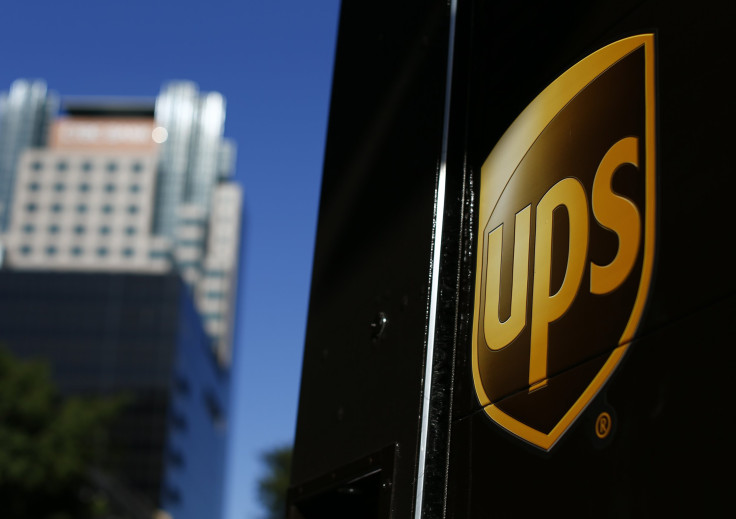Retailers And Delivery Companies Scramble To Process Holiday Gift Returns

The Century 21 department store in Manhattan’s Financial District is buzzing just five days after Christmas, as customers pick through merchandise looking for designer discounts. But six floors up, above the purses, shoes and dresses is a much quieter section, where customers wait in a slow-moving line outside the "Guest Services" department. They walk in carrying the signature red Century 21 shopping bags, and walk out with long receipts in hand.
“A few years ago I remember these return lines being much longer, but this time wasn’t so bad,” Tetyana Bakhnak, 29, says as she makes her way back downstairs after returning a belt she had bought for her brother as a Christmas gift. It turned out to be a few sizes too small.
“This is my only return this year, I don’t make too many mistakes,” Bakhnak, who lives in New York City, says. She adds that she does most of her shopping online, but made a snap decision to buy the belt while walking past Century 21 in December, and misjudged the size.
Every year, consumers return about $60 billion worth of merchandise during the holiday season, about 20 percent of a year’s total, according to the Wall Street Journal, which used data from Optoro, a logistics provider. While retail stores are seeing a jump in returns as customers exchange holiday gifts that weren’t quite right, the pressure is also hitting postal companies.
United Parcel Service Inc. has been making adjustments to keep up with an ever-rising demand for services as customers return an increasing number of packages by mail. In a recent survey, UPS found that 62 percent of its customers said they returned an item they bought online this year, up from 51 percent in 2012.
“As e-commerce volume increases so do returns,” UPS spokeswoman Natalie Godwin-Norrington says. “Customers are getting more comfortable with getting items online and returning them the same way.”
This year, the company hired 95,000 seasonal workers to keep up with demand. Usually holiday employees work from November to December, but this year’s crop of UPS workers were contracted until the middle of January, on predictions that it will be sending 4 million return packages this January, up from 3.5 million in 2013.
And UPS isn’t alone. FedEx Corp. announced on Dec. 15 that it would acquire Genco, a company focused on “reverse logistics” that processes more than 600 million returned items every year, according to its website.
However, it’s not all positive. Many retailers say the massive number of returns costs them. Returns to tech retailer Best Buy Co. are likely to represent about 10 percent of all revenue this year and cost around $400 million, according to the Wall Street Journal.
But some startups have been taking advantage of the trend. The business model at Trunk Club, for instance, involves customers receiving a box of clothes they may want to purchase, and only charges them for what they don’t send back within 10 days.
“Try everything on for free, pay later,” the website urges. And if the latest statistics are any clue, this could soon be more normal than waiting in a returns line.
© Copyright IBTimes 2025. All rights reserved.





















